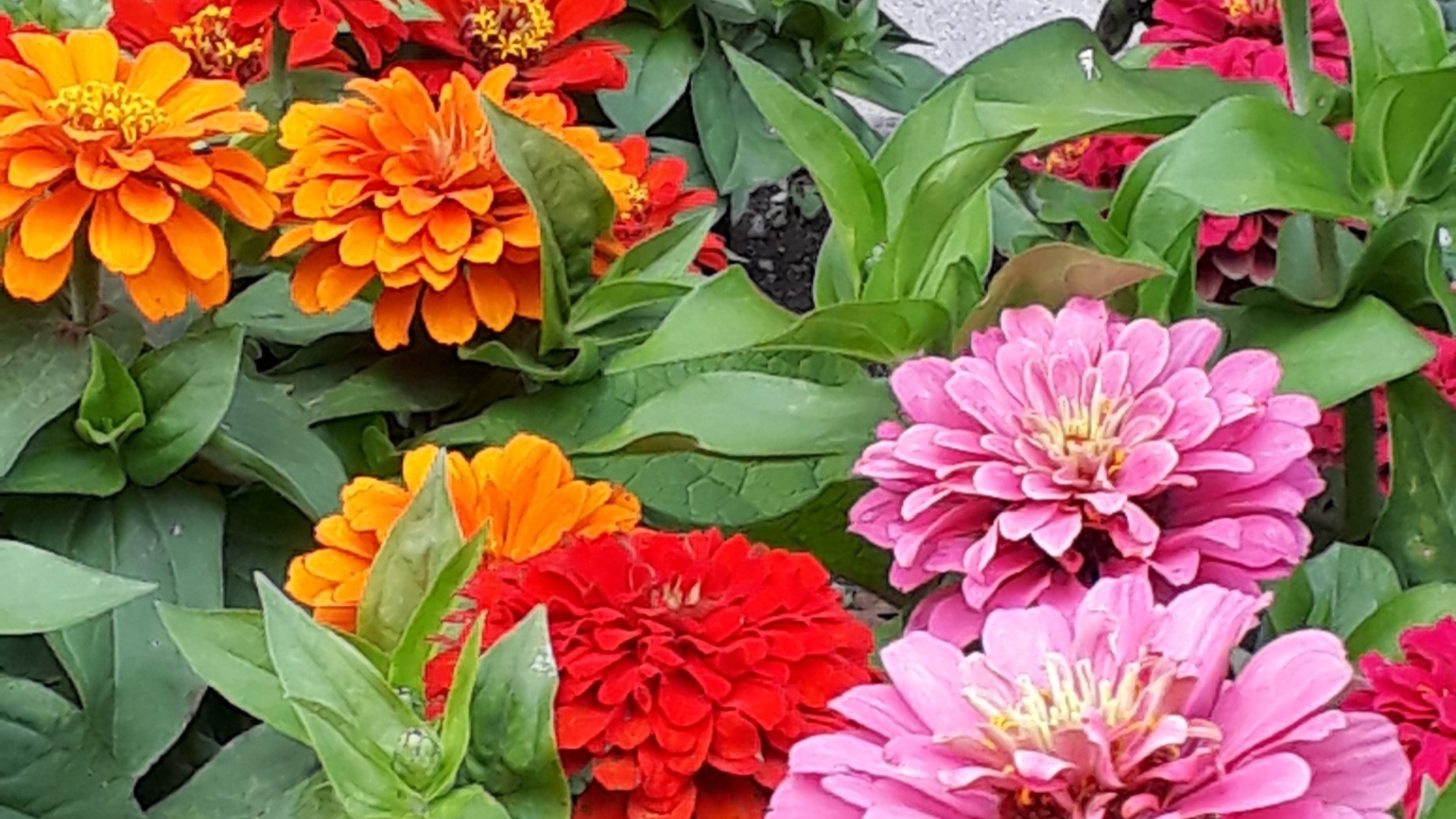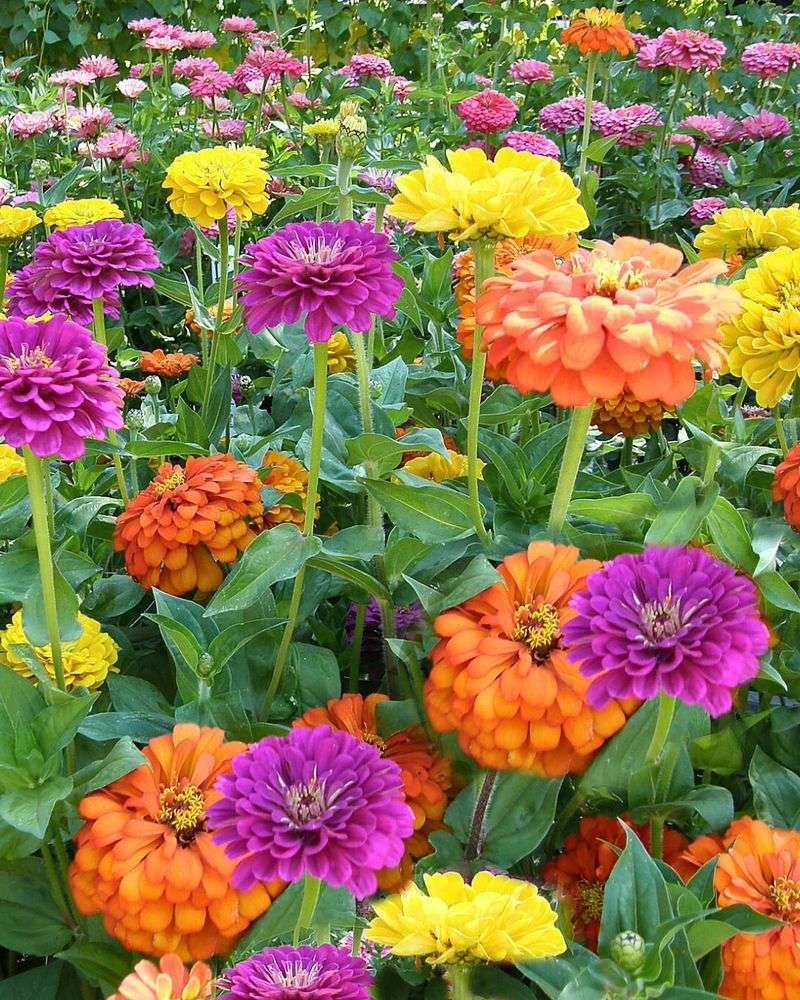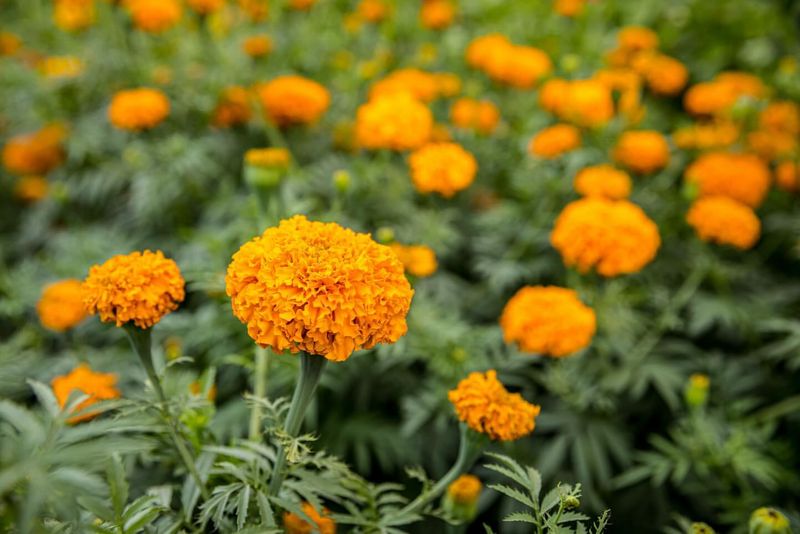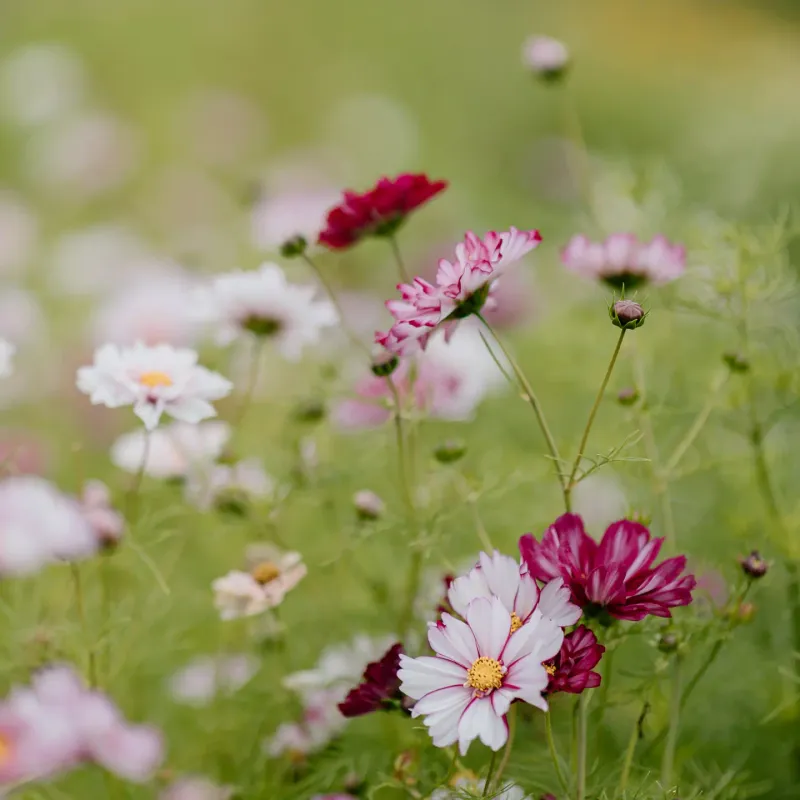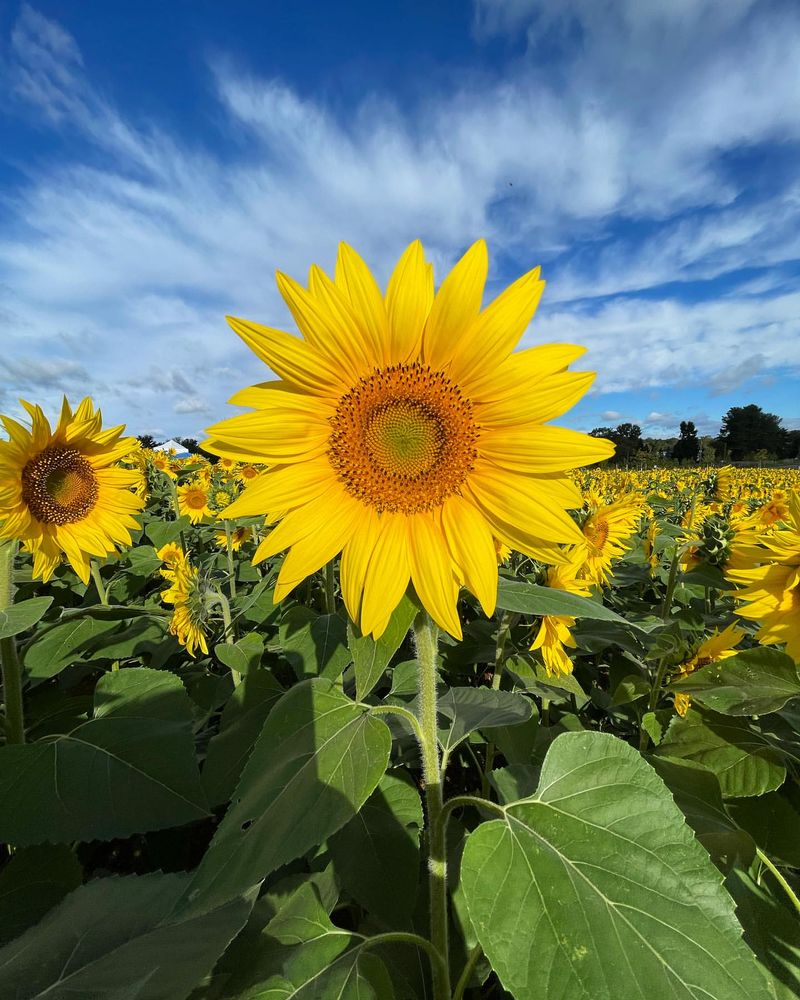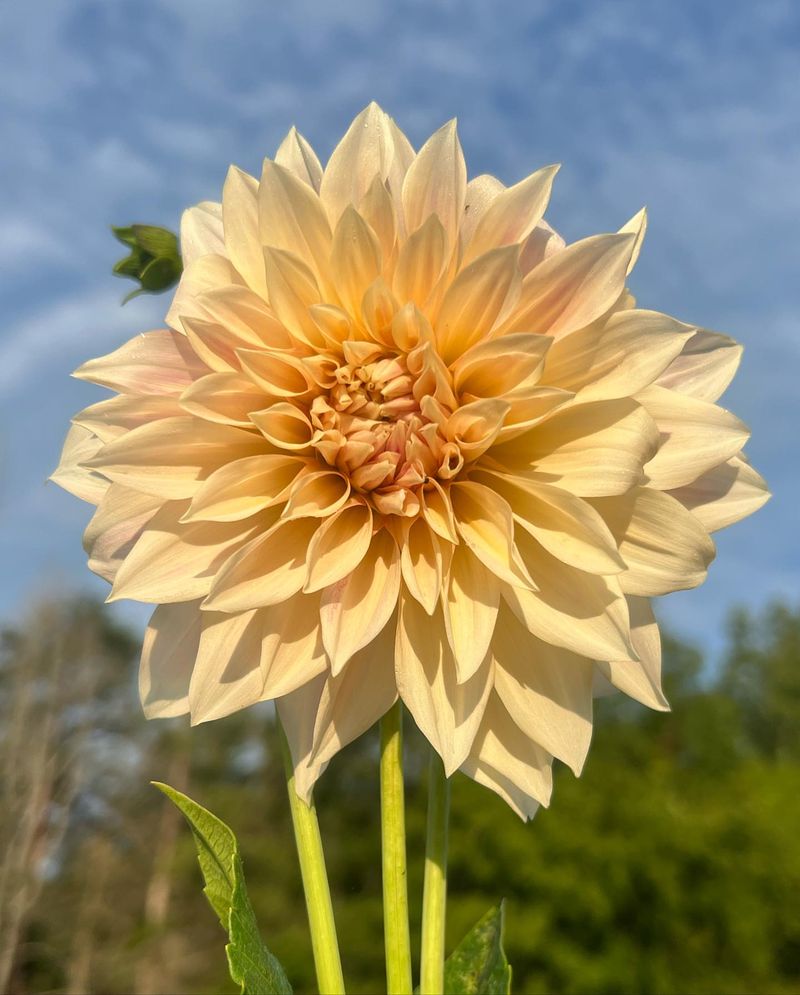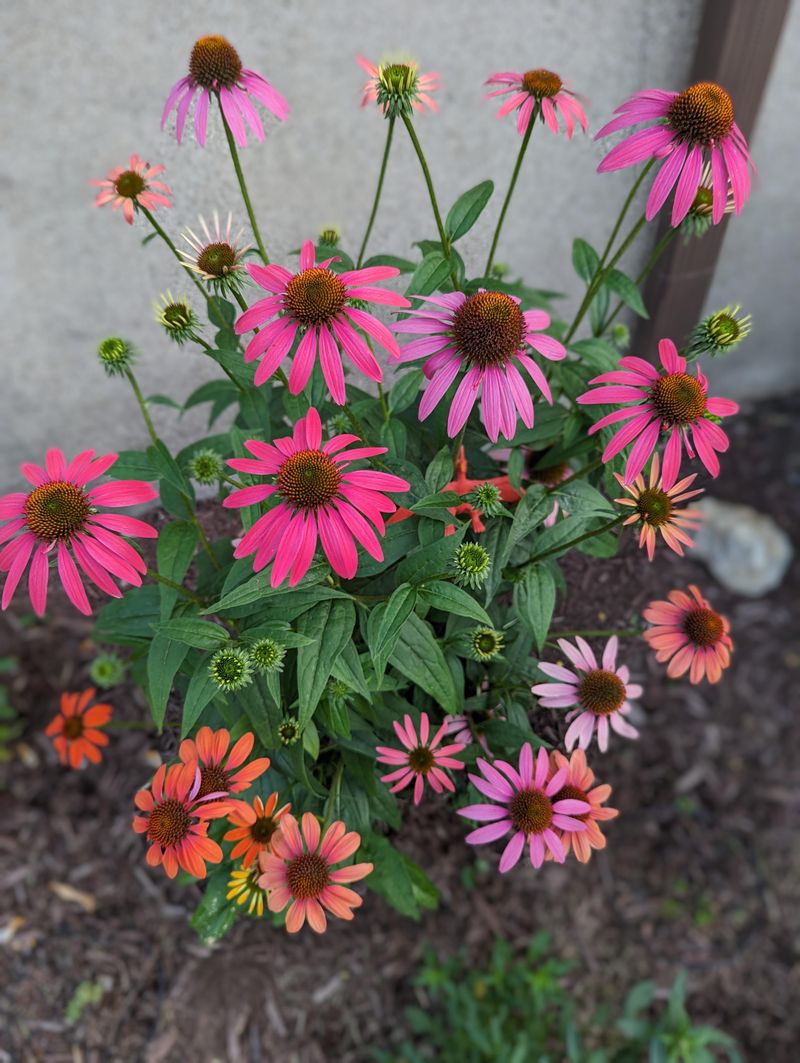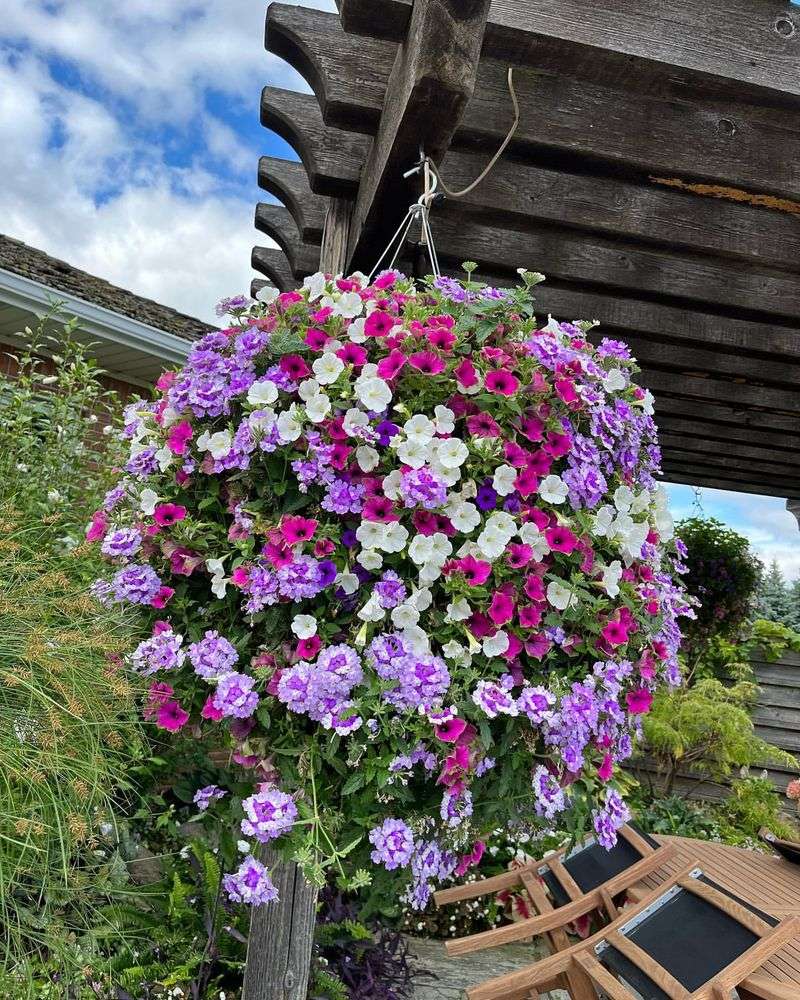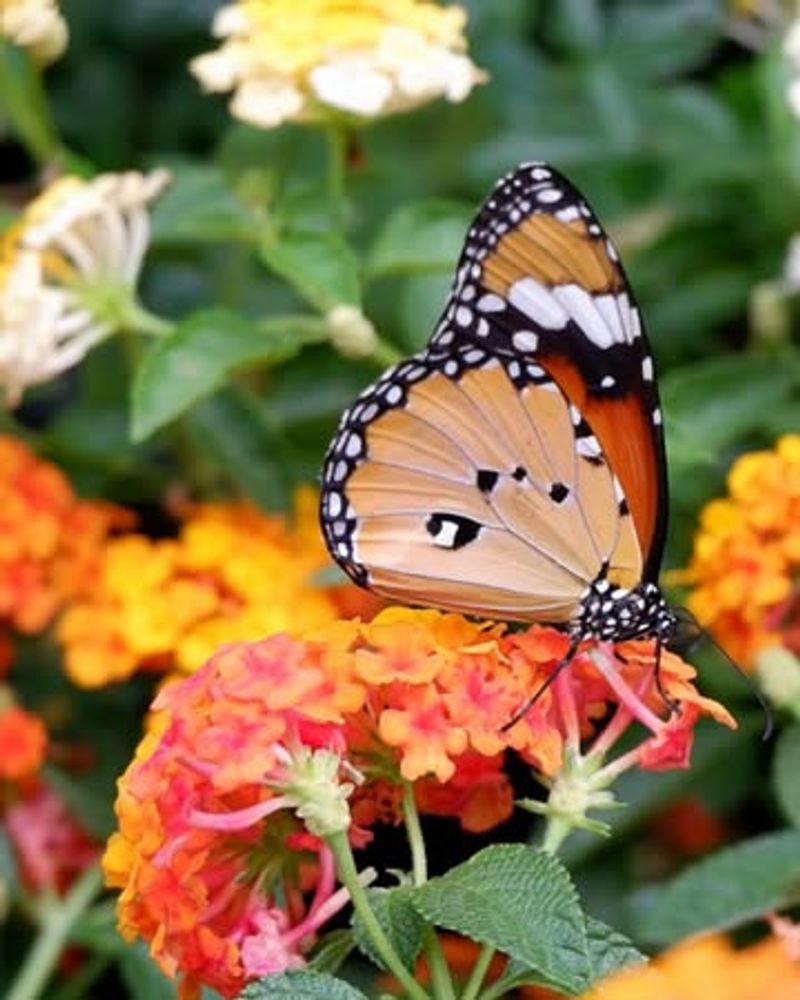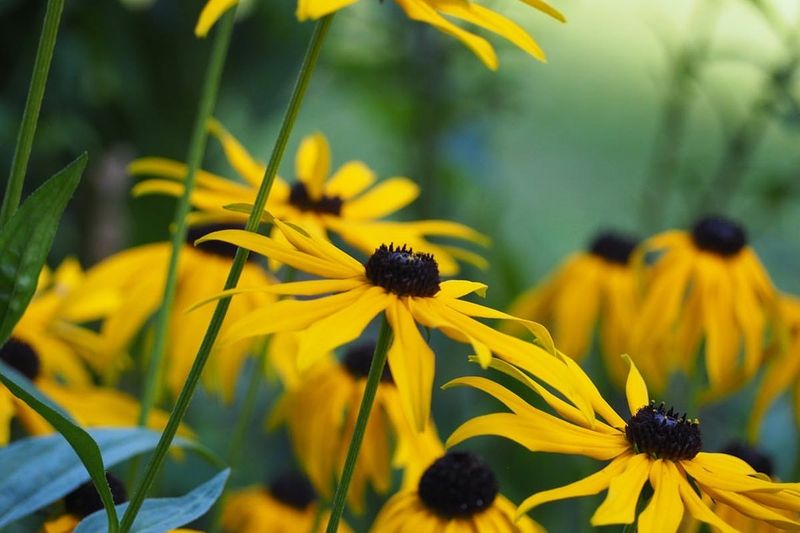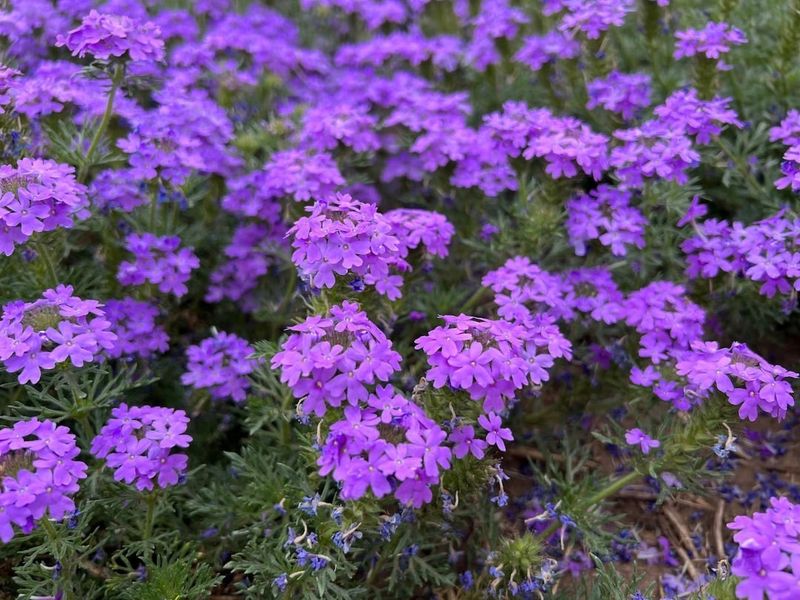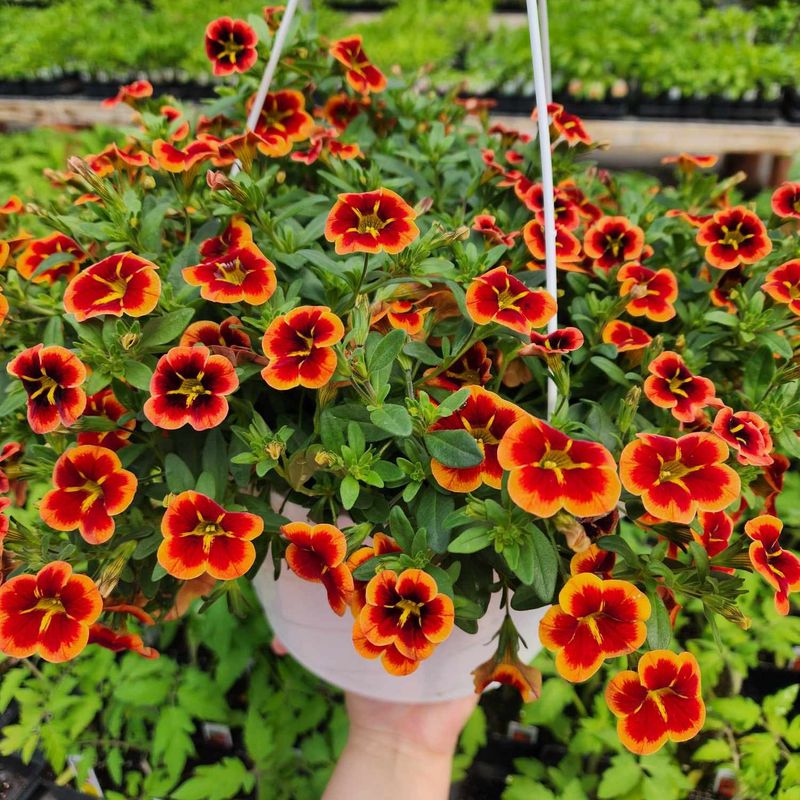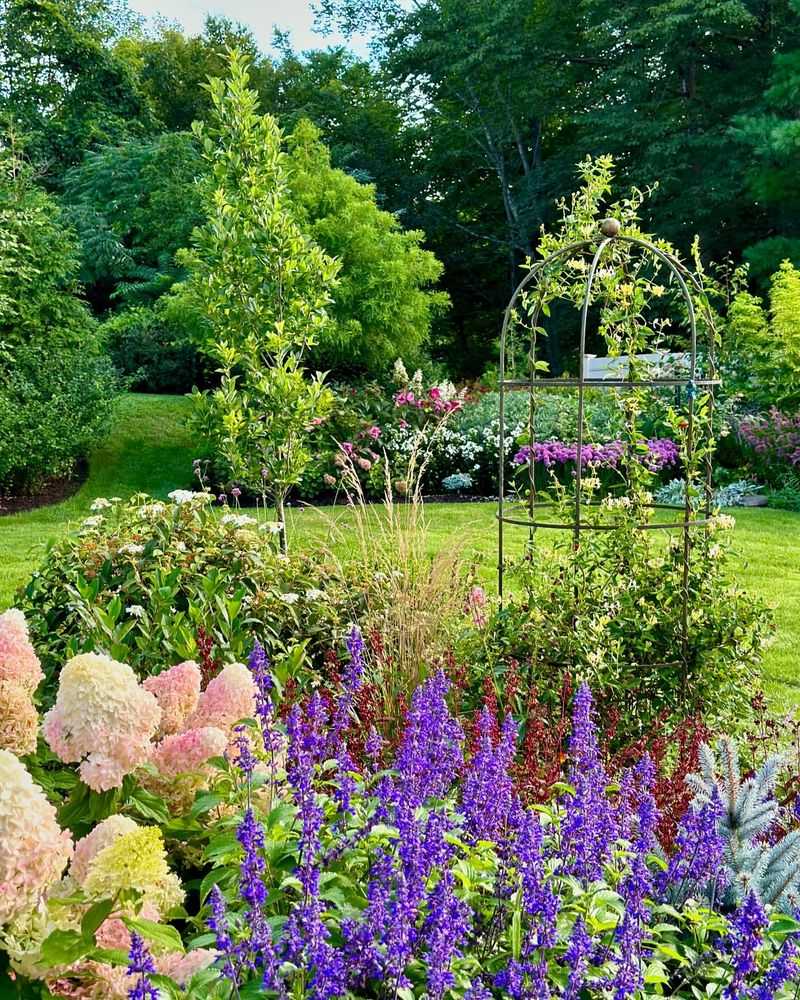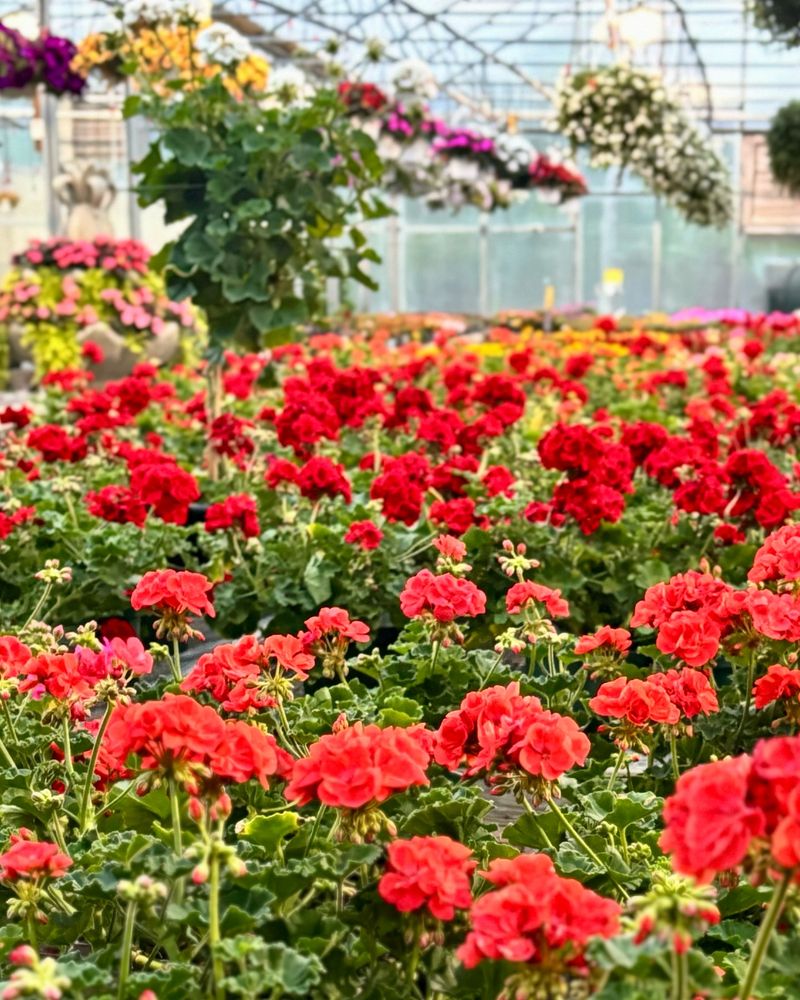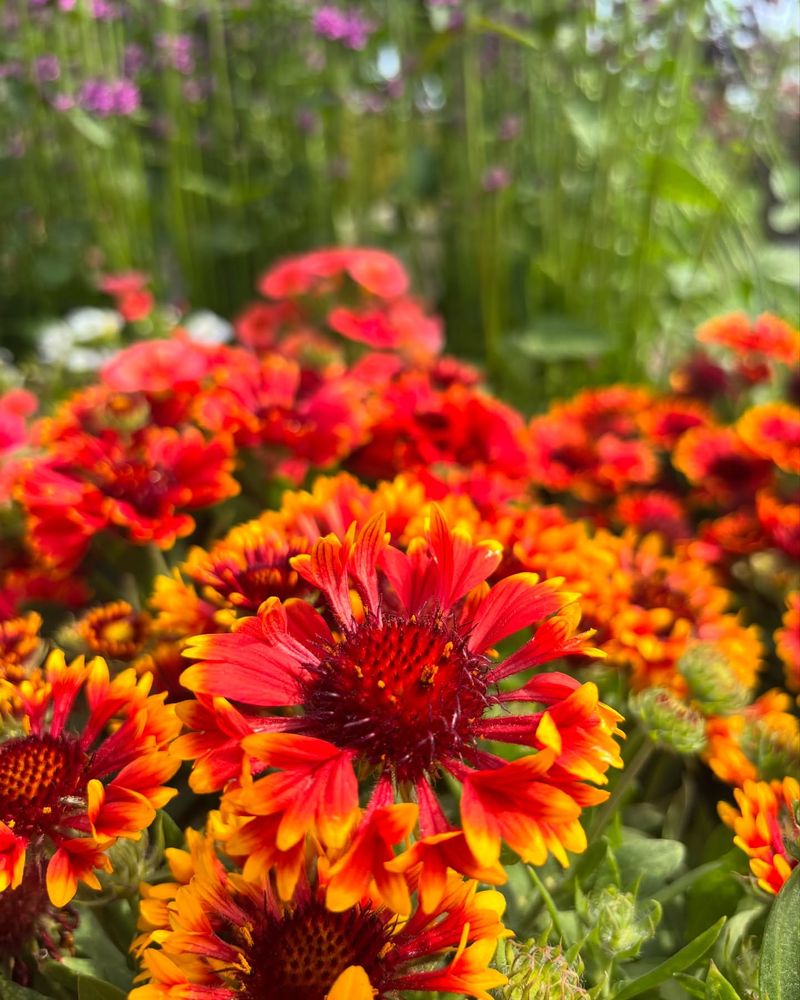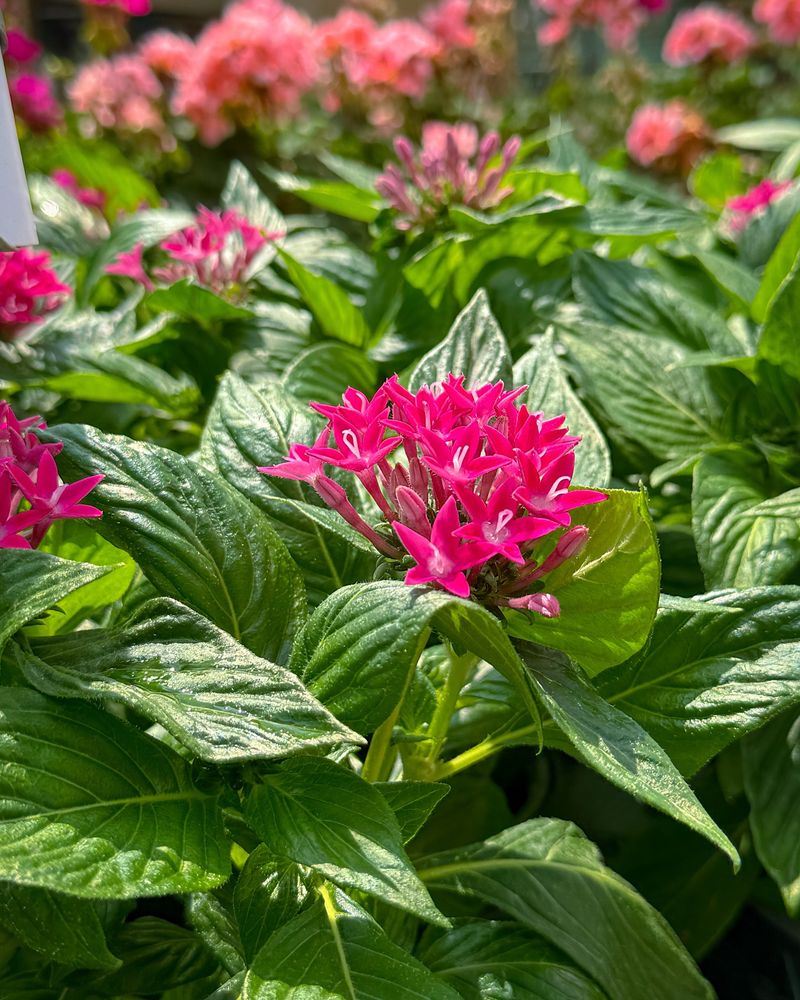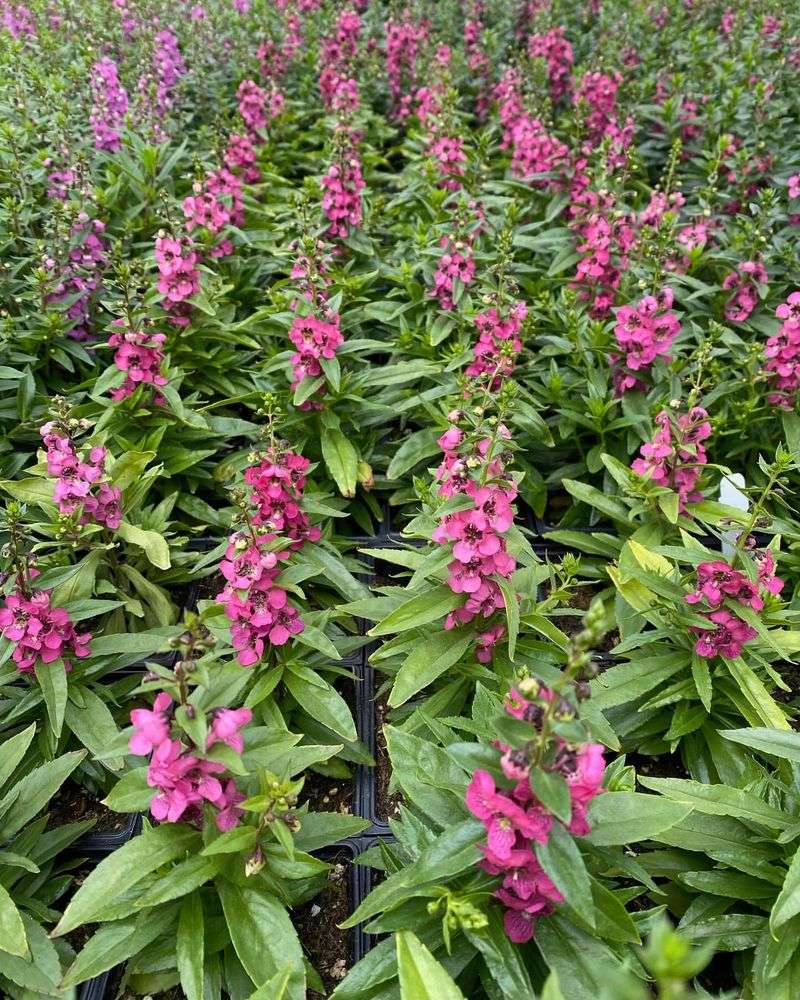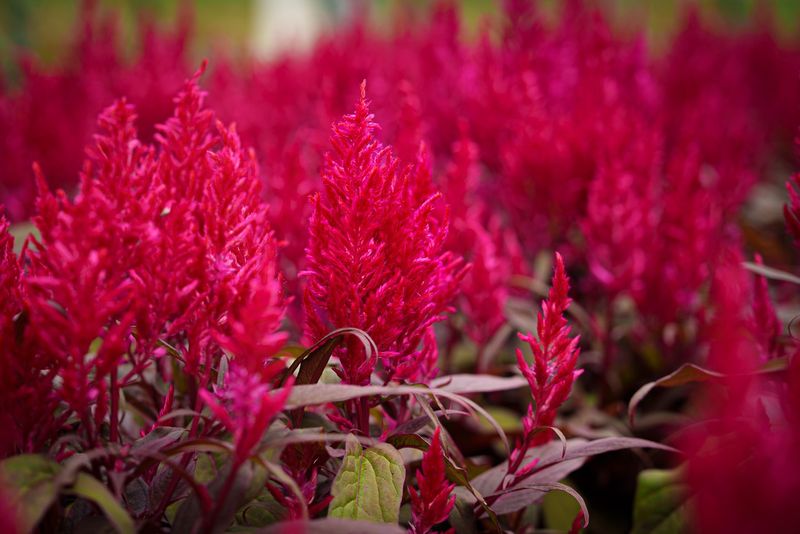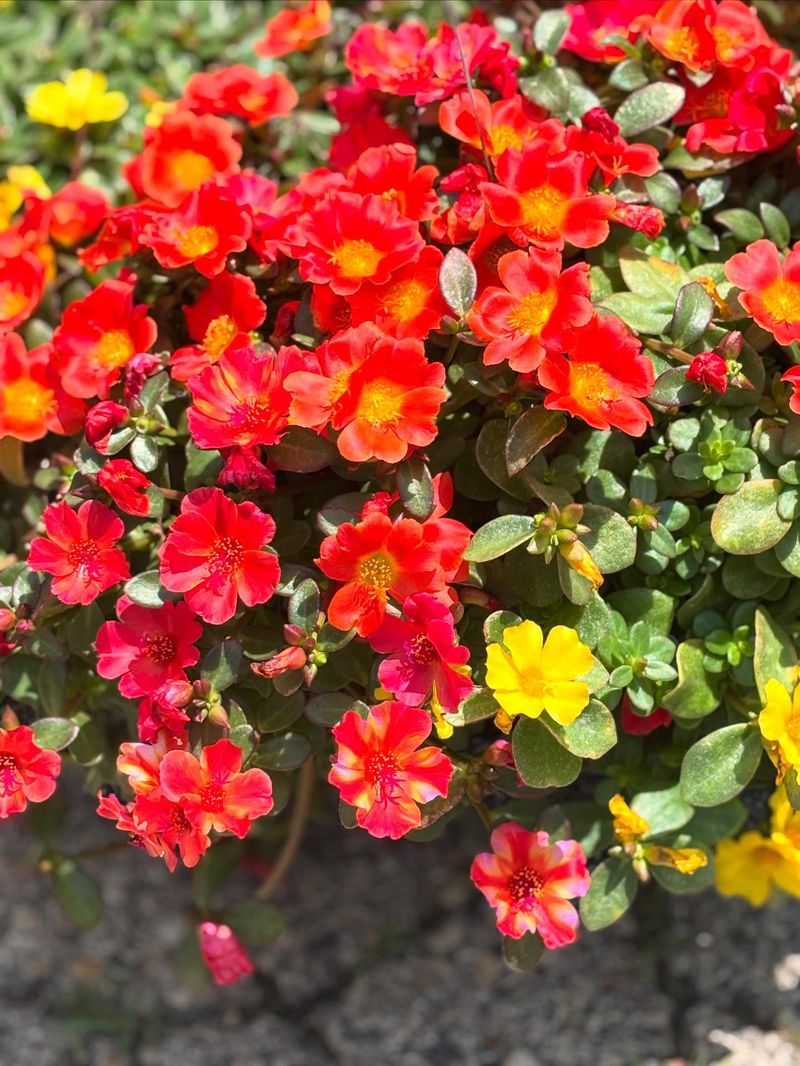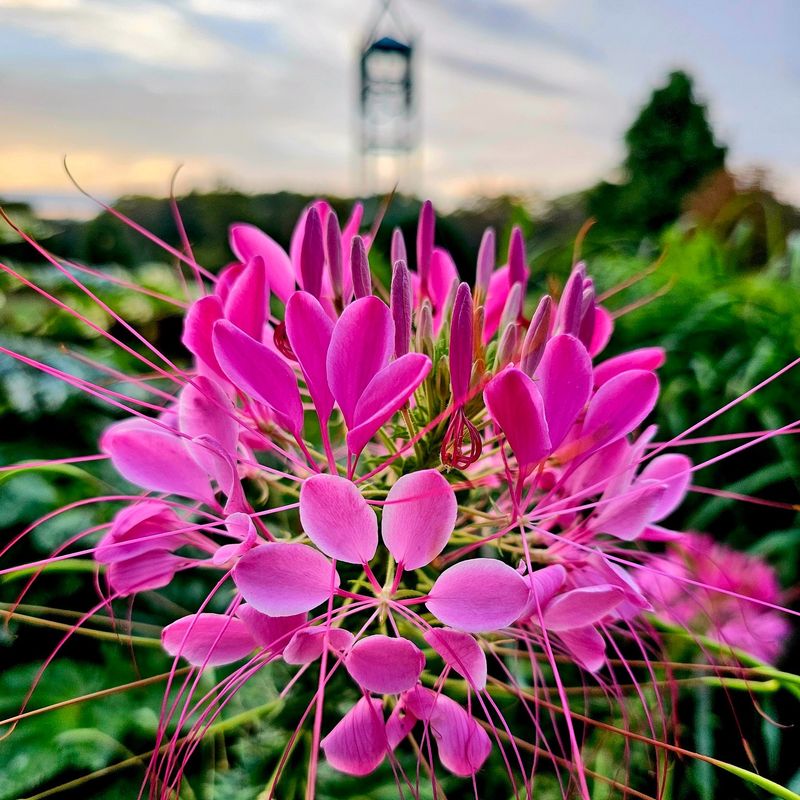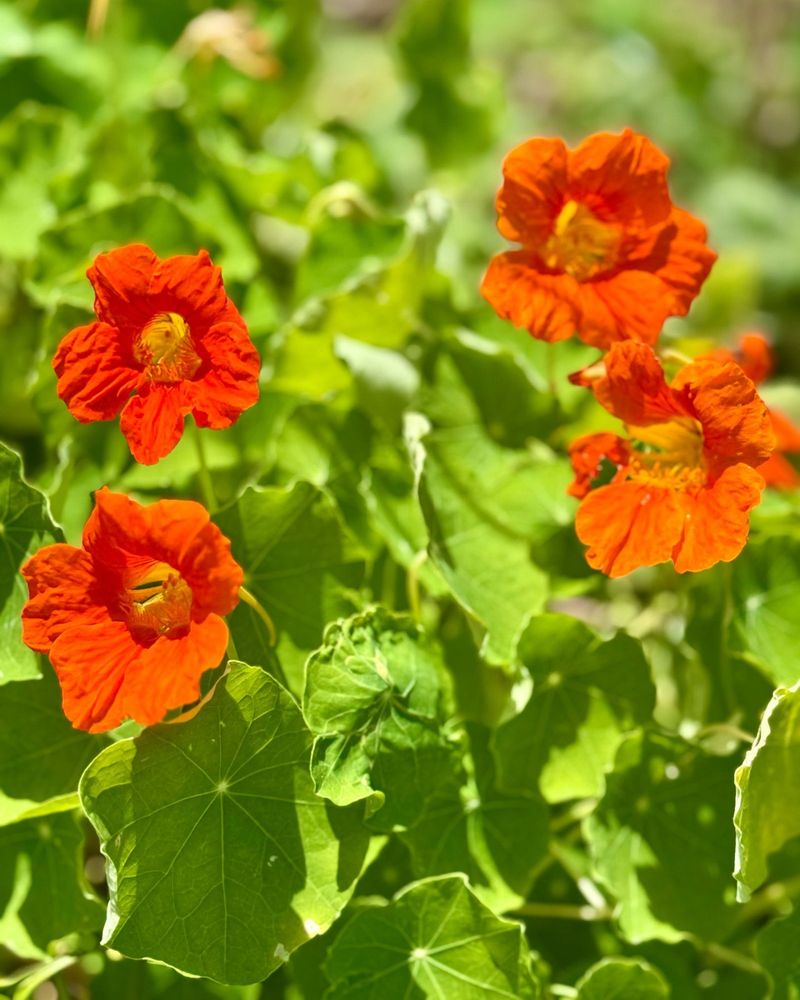Think it’s too late to plant flowers for summer? Think again! There’s still time to fill your garden with bold, beautiful color that lasts all season long. Whether your beds are bare or your containers need a refresh, these 20 stunning flowers are quick to grow, heat-loving, and made to bloom nonstop through the sunny months.
Plant them now, and you’ll have a garden bursting with life before you know it!
1. Zinnias: Rainbow Warriors
Zinnias stand tall as summer’s most reliable bloomers, offering an explosion of colors from crimson to lime green. These tough flowers laugh at summer heat and keep producing until frost arrives.
Butterflies flock to zinnia patches, making them perfect for pollinator gardens. Plant them in full sun, about 6 inches apart, and enjoy weekly bouquets all season long.
Even beginners find success with these unfussy flowers – just water during dry spells and watch the magic happen!
2. Marigolds: Sunshine Spots
Golden marigolds bring cheerful pops of color that last from planting day until autumn’s first frost. Their distinctive scent naturally repels garden pests, creating a beautiful barrier around vegetable patches.
French varieties stay compact and neat, while African marigolds can reach impressive heights of up to 3 feet. Both types thrive in average soil and require minimal fussing.
Simply deadhead spent blooms occasionally to encourage continuous flowering throughout the hottest months.
3. Cosmos: Dancing Daisies
Airy cosmos flowers sway gracefully on slender stems, creating movement and whimsy in summer gardens. Their delicate petals – in shades of pink, white, and crimson – contrast beautifully with feathery foliage.
Once established, cosmos practically care for themselves, thriving even in poor soil with minimal water. The more you cut, the more they bloom, making them perfect for endless summer bouquets.
Pollinators adore these simple flowers, turning your garden into a buzzing ecosystem of bees and butterflies.
4. Sunflowers: Sky-High Stars
Nothing says summer quite like sunflowers tracking the sun across the sky with their massive golden faces. From towering 12-foot giants to compact 2-foot varieties, there’s a sunflower for every garden space.
Plant a row for a living privacy screen, or scatter dwarf varieties throughout flower beds for unexpected bursts of sunshine. Birds will thank you in fall when seeds develop.
For continuous blooms, plant new seeds every two weeks until midsummer – each batch will flower about 60 days after planting.
5. Dahlias: Dinner Plate Beauties
Dahlias deliver jaw-dropping blooms in every color except true blue, with flower forms ranging from tiny pompoms to massive 10-inch “dinner plates.” Starting tubers now ensures spectacular flowers from midsummer until frost.
Despite their fancy appearance, dahlias aren’t particularly fussy – they just need full sun and regular watering. Staking taller varieties prevents wind damage during summer storms.
Cut flowers frequently to enjoy indoors and stimulate more blooms; a single plant can produce dozens of flowers throughout the season.
6. Coneflowers: Native Powerhouses
Purple coneflowers (Echinacea) combine beauty with serious staying power, returning bigger and better each year. Their distinctive raised centers surrounded by drooping petals create architectural interest in any garden.
Modern varieties expand beyond traditional purple into sunset oranges, crisp whites, and even lime green. Once established, these native plants shrug off drought, heat, and neglect.
Leave some seedheads standing in fall to feed hungry birds and enjoy their structural beauty against winter snow.
7. Petunias: Cascading Color
Modern petunias have come a long way from grandma’s garden favorites. Today’s varieties bloom continuously without deadheading and bounce back after summer downpours that would have flattened their ancestors.
Wave petunias create spectacular hanging baskets, spilling over edges with waterfalls of color. Supertunia varieties offer incredible heat tolerance and self-cleaning blooms that keep gardens looking fresh.
Feed these hungry bloomers regularly with liquid fertilizer to maintain their flower-producing marathon all summer long.
8. Lantana: Butterfly Magnets
Lantana’s multicolored flower clusters change shades as they age, creating a kaleidoscope effect that keeps changing throughout summer. Their ability to thrive in blistering heat makes them invaluable for hot, sunny spots where other flowers surrender.
Butterflies find lantana irresistible, often covering plants with their fluttering wings. Hummingbirds frequently join the feeding frenzy, adding movement to garden scenes.
Plant lantana in containers for instant impact, or use them as drought-tolerant ground covers in challenging areas.
9. Black-Eyed Susans: Golden Sunshine
Black-eyed Susans bring meadow-inspired charm with their golden petals and dark centers. These native wildflowers establish quickly from seed and return reliably year after year, forming impressive colonies over time.
Their casual, country-garden look pairs beautifully with ornamental grasses and other prairie plants. The sturdy stems hold flowers high above foliage, creating perfect cutting material for casual bouquets.
Plant them in drifts for maximum impact, allowing at least 18 inches between plants for proper air circulation.
10. Verbena: Ground-Hugging Gems
Trailing verbena creates living carpets of color that spill over walls, soften hard edges, and fill gaps between larger plants. The tiny star-shaped flowers appear in tight clusters, creating a solid mass of purple, pink, or white.
Few plants match verbena’s heat tolerance and continuous bloom cycle. Even during scorching August days, these tough plants keep pushing out new flowers without missing a beat.
Look for ‘Homestead Purple’ for legendary performance or try newer varieties with variegated foliage for extra visual interest.
11. Calibrachoa: Million Bells
Million Bells (Calibrachoa) pack maximum flower power into compact plants perfect for containers. Their tiny petunia-like blooms appear by the hundreds, covering plants so completely that foliage disappears beneath the floral display.
Unlike their petunia cousins, Calibrachoa blooms don’t turn to mush after rain. The self-cleaning flowers drop away neatly when finished, with new ones immediately taking their place.
Mix several colors in one pot for a stunning rainbow effect that keeps evolving throughout summer.
12. Salvias: Vertical Accents
Salvias create dramatic spires of color that draw the eye upward and add architectural structure to flower beds. Their tubular blooms – typically in shades of blue, purple, and red – attract hummingbirds while deterring deer and rabbits.
Annual varieties like ‘Victoria Blue’ bloom nonstop from planting until frost. Perennial types establish quickly and return larger each year, forming impressive clumps over time.
Plant salvias where you can appreciate their vertical habit, perhaps behind lower-growing flowers that hide their sometimes-leggy bases.
13. Geraniums: Timeless Classics
Garden geraniums (technically Pelargoniums) earn their popularity through unmatched reliability and season-spanning blooms. Their rounded flower clusters in vibrant reds, pinks, and whites stand out against distinctive scalloped leaves.
Modern varieties have improved rain resistance and heat tolerance over heirloom types. Some newer introductions feature variegated or scented foliage that adds interest even between blooming cycles.
Group several plants together in containers for maximum impact, or use them as dependable fillers in sunny garden beds.
14. Gaillardia: Blanket Flowers
Gaillardia’s fiery blooms in sunset shades of red, orange, and yellow light up gardens from early summer until frost. Their daisy-like flowers feature distinctive banded patterns that create a pinwheel effect when fully open.
Native to American prairies, these tough plants laugh at drought and poor soil. Once established, they’ll bloom for months with minimal care, making them perfect for busy gardeners.
Deadheading extends the already-impressive flowering season, though many newer varieties are self-cleaning for truly carefree color.
15. Pentas: Star Performers
Pentas produce star-shaped flowers in rounded clusters that hover above lush foliage like colorful clouds. Their nectar-rich blooms in shades of pink, red, and white attract butterflies and hummingbirds throughout summer.
Unlike many flowering plants that pause during summer’s hottest days, pentas actually accelerate blooming when temperatures climb. Their tropical heritage makes them impervious to humidity that wilts other garden favorites.
Plant them in containers for portable color, or use them as reliable bedding plants in challenging sunny spots.
16. Angelonia: Summer Snapdragons
Angelonia’s upright flower spikes have earned them the nickname “summer snapdragons,” though they far outperform traditional snapdragons in summer heat. Their orchid-like blooms in purple, pink, and white open sequentially along elegant stems.
Remarkably drought-tolerant once established, angelonia keeps blooming without deadheading or special care. Their compact habit makes them perfect for borders and containers where their vertical form creates natural exclamation points.
The subtle fragrance of angelonia – reminiscent of grape soda – adds another dimension of garden enjoyment on warm summer evenings.
17. Celosia: Flame Flowers
Celosia brings tropical drama with flower forms unlike anything else in the summer garden. Plumed varieties create feathery flames in hot colors, while crested types form undulating brain-like structures that must be seen to be believed.
Children particularly love these unusual flowers that maintain their bright colors even when dried. Cut stems last for weeks in arrangements, eventually drying in place without dropping petals.
Plant celosia in masses for maximum impact, giving each plant enough space to develop its distinctive flower form without crowding.
18. Portulaca: Sunshine Lovers
Portulaca (moss rose) creates living carpets of color in spots where other plants struggle. Their succulent leaves store water for drought periods, while their rose-like flowers open wide on sunny days and close at night.
Modern varieties offer improved flower size and color range beyond traditional pinks and yellows. Some newer introductions feature double blooms that resemble tiny roses.
Plant portulaca in rock gardens, between stepping stones, or in containers where their trailing habit can spill over edges in waterfalls of color.
19. Cleome: Spider Flowers
Cleome creates architectural interest with its unique flower form – central balls of color surrounded by long stamens that give it the common name “spider flower.” These tall annuals (up to 5 feet) make perfect background plants in sunny borders.
The open, airy growth habit allows cleome to blend seamlessly with other garden flowers without overwhelming them. Their distinctive silhouettes look particularly magical when backlit by morning or evening sun.
Once established, cleome often self-seeds gently, creating free plants for next year’s garden.
20. Nasturtiums: Edible Beauties
Nasturtiums offer the complete package – beautiful flowers, attractive round leaves, and completely edible parts that add peppery flavor to summer salads. Their jewel-toned blooms in orange, yellow, and red brighten gardens from early summer onward.
Climbing varieties can be trained up trellises or allowed to scramble through other plants. Bushier types form neat mounds perfect for containers and borders.
Plant nasturtiums in average soil without fertilizer – too much nutrition produces lush leaves at the expense of flowers.

